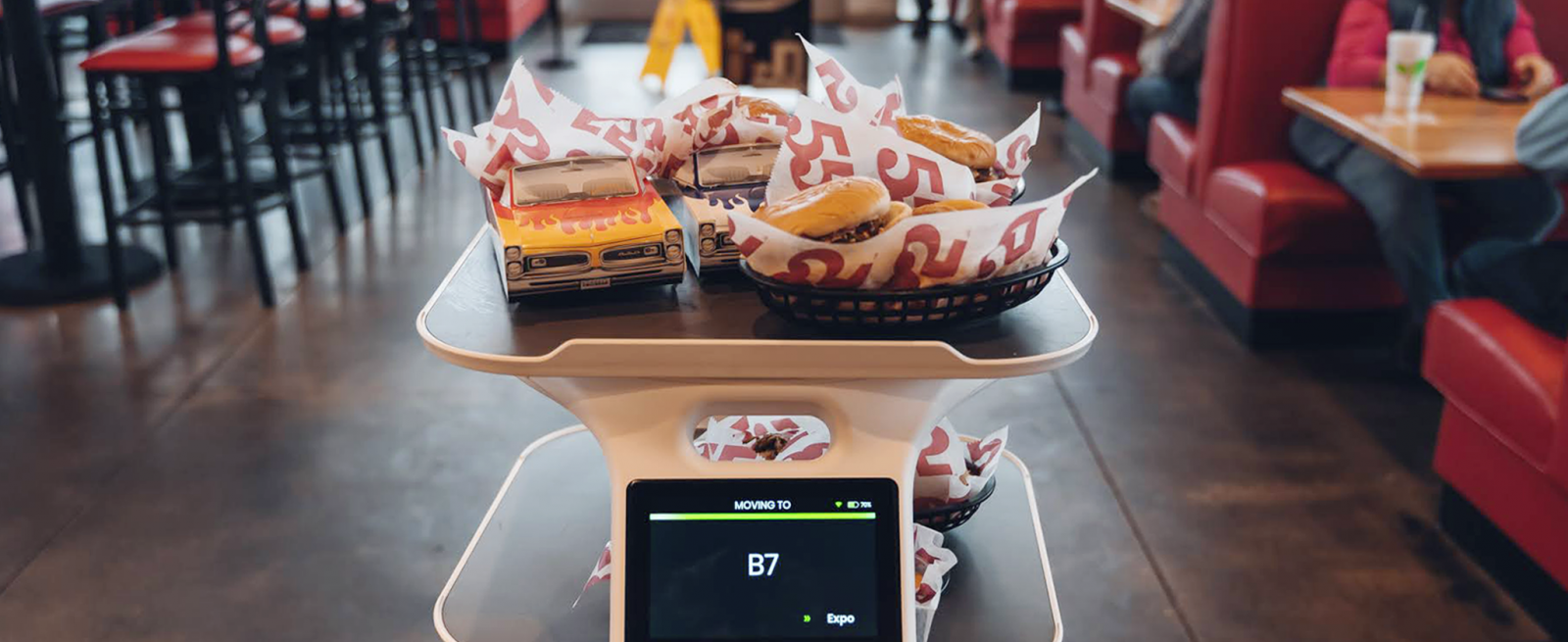Exploring the Factors Behind the Surge in Restaurant Automation
2 Min Read By Juan Higueros
If you've been paying attention to the tech scene, you have surely noticed a significant upswing in interest in artificial intelligence (AI) and automation. It seems almost everyone, from social media influencers to evening news anchors, is extolling the capabilities of this emerging tech. From softwares like ChatGPT to self-driving cars like the Tesla Model 3, AI and automation are making remarkable strides
In the restaurant industry, these solutions are streamlining various aspects, including inventory management, contactless ordering, customer behavior analysis, and more. In this new era of artificial intelligence, we are witnessing several ways in which workflow automation continues to drive enhanced labor efficiency.
With over six years of experience in the automation industry and more than two decades spent analyzing and optimizing operational functions for Fortune 500 companies, I have developed a keen interest in the ways automation is evolving and gaining popularity. In this article, I will share my perspective on the current state of automation and why I believe it is poised for significant growth in 2024.
Seismic Shifts in Working Standards
It has been over three years since the onset of the COVID-19 pandemic, and in many ways, we have recovered from the global disruption it caused. However, there are enduring effects, both in terms of the labor market and how individuals perceive work. In the aftermath of COVID-19, we witnessed what has become known as the Great Resignation or the Big Quit. The pandemic prompted many workers to reevaluate their careers, working conditions, and long-term objectives. Even today, the latest data from the U.S. Chamber of Commerce reveals that there are nearly 10 million open jobs and only six million unemployed workers.
With the hospitality staffing shortage on the rise, those in the automation industry have identified opportunities. Companies like ours have introduced solutions to address the labor shortage by filling in where human resources are lacking. For instance, our waiter robot, Servi, can handle tasks such as food delivery and table clearing, enabling restaurants to operate more efficiently with fewer employees.
A New Leap in Technology
In recent years, robotic technology in the restaurant industry has experienced rapid growth, and this trend is set to continue. Robots are now being deployed for various tasks, ranging from food preparation and delivery to customer service. With ongoing advancements in automation, artificial intelligence, and machine learning, the potential applications of robotics in restaurants are expanding rapidly, promising increased efficiency and enhanced customer experiences. The future of the restaurant industry holds exciting possibilities for innovative and creative uses of robotic technologies that are only beginning to take shape.
Wide Public Acceptance
Restaurant robotics is witnessing widespread adoption and acceptance worldwide. The industry is embracing these technologies for their potential to enhance efficiency, reduce labor costs, and ensure consistency in food preparation and service. Customers are increasingly comfortable with the presence of robots in their dining experiences, appreciating the speed, accuracy, and novelty they bring to the table. Consequently, restaurant robotics is becoming a global norm, transforming the way restaurants operate and creating new opportunities for automation and innovation in the food service sector.
Moving Forward
As automation continues to gain popularity and more engineers become interested in these innovations, we anticipate almost limitless advancements in technology and a fresh perspective on work. This will enable humans to concentrate on higher-level, more rewarding tasks while paving the way for new avenues of exploration, comprehension, and intelligence.


